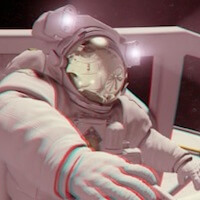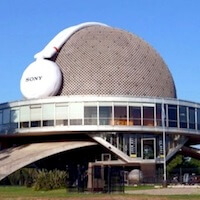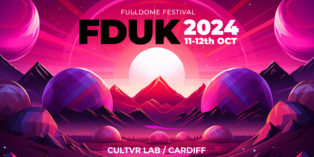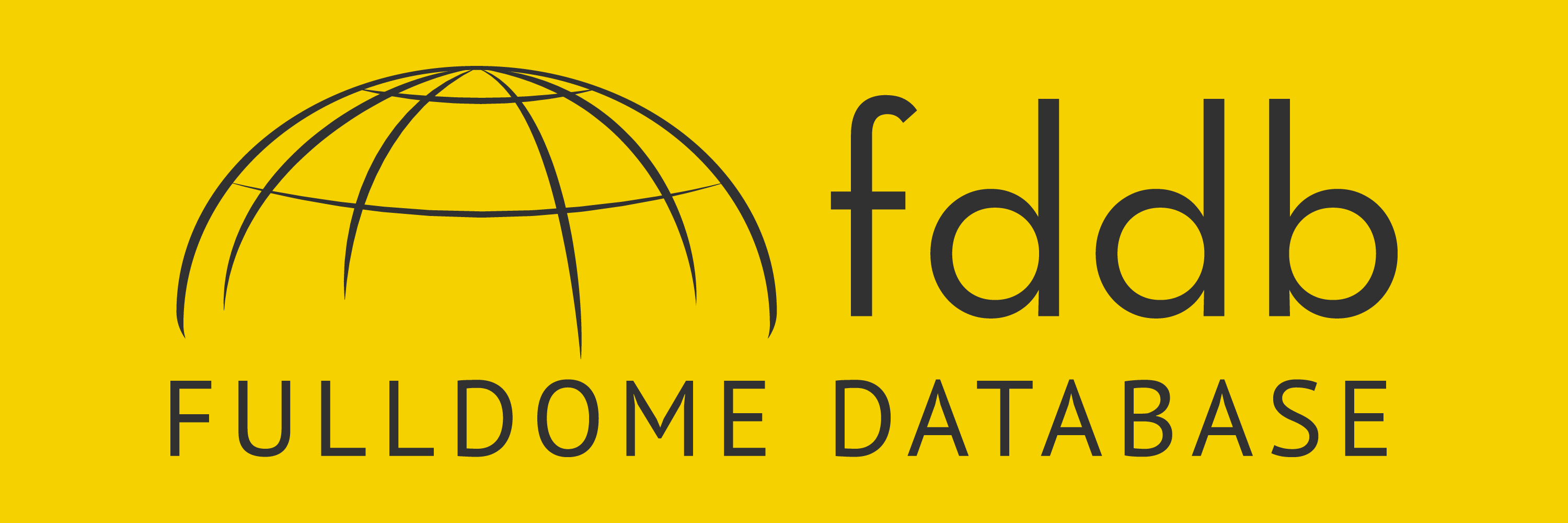Fulldome 3D for Everyone - Part 4 / 5
Domography
Fulldome by its nature allows many different viewpoints. It is important to understand how the viewer moves their head during each shot and to know what is achievable in 3D. If the shot is set up to allow exploration of the whole frame, the stereoscopic settings need to allow for this. If the composition is extremely focused, the settings can be optimised for the best results. It is also possible to animate between different setups during the same shot.
Judging the stereoscopy using still frames can be misleading. Head movements over a still image are very different to those during a moving shot. To get the best results, full shot reviews are a crucial part of the workflow.
It is perhaps most important to understand all of the stereoscopic issues related with eyestrain and headaches, commonly called ‘brain shear’, and how to avoid these in a multi-perspective environment. There are many ways to accomplish this using the Domemaster Stereo Shader.
Creative Considerations
Stereoscopic depth can be a powerful and creative tool. There are many creative considerations that should be made when working on the stereography for a fulldome shot. A wealth of information already exists about flat-screen stereography, but fulldome stereography has many differences to be explored. Different shots can have different motivations and emphasis. It is important to understand the aim of the shot before working on the 3D aspects.
After Effects Stereoscopic Scripts
A number of other useful tools work well alongside the Domemaster Stereo Shader and form a broader part of the stereoscopic fulldome pipeline.
For all post-production on Astronaut 3D, we used After Effects. We also used a set of scripts written by Chris Keller to help maintain the stereoscopic workflow and preview in 3D.

Top right: Stereoscopic toolset.
Top: Left comp preview and optimized anaglyph preview.
Bottom: Red and Blue layers representing Left and Right channels are synchronised using the scripts.
Dome View
A virtual dome is a useful tool to use alongside the Domemaster Stereo shader for fast feedback of 3D. As our dome is open to the public during working hours, we use DomeView to check initial 3D renders before reviewing dailies in the dome itself. There is only so much testing you can do at this level in 3D as the projection size is another crucial factor when creating 3D. The positive parallax on the image below looks very small, yet when seen in a large dome this as perceived at an infinite distance away.
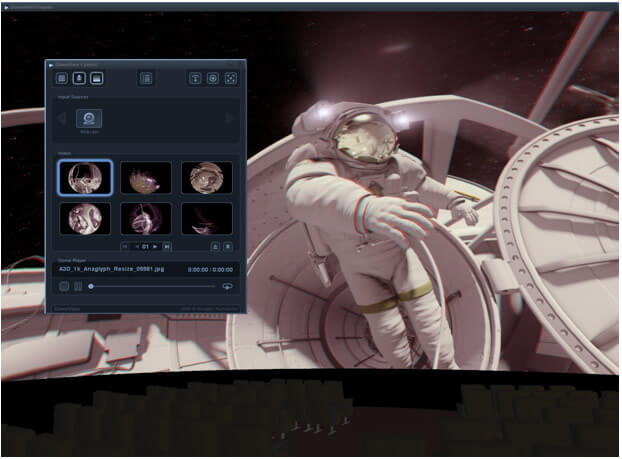
DomeView interface and virtual dome display.
AllSkyViewer is an excellent free alternative and there are several other virtual dome solutions available.
Grading
When grading it is beneficial to know what sort of display system will be used and the typical luminance levels and colours it is capable of. Luminance issues can be compounded in stereoscopic domes due to the glasses and projector lenses. We added boosting to the lower end of the light levels in most shots to maintain balanced levels when viewing on a stereoscopic system. Also, to counteract cross-bounce in some scenes, we used a mask or vignette towards the rear of the dome.
As technology improves these grading techniques may no longer be relevant, but currently they should be considered during the process.
Shot Examples
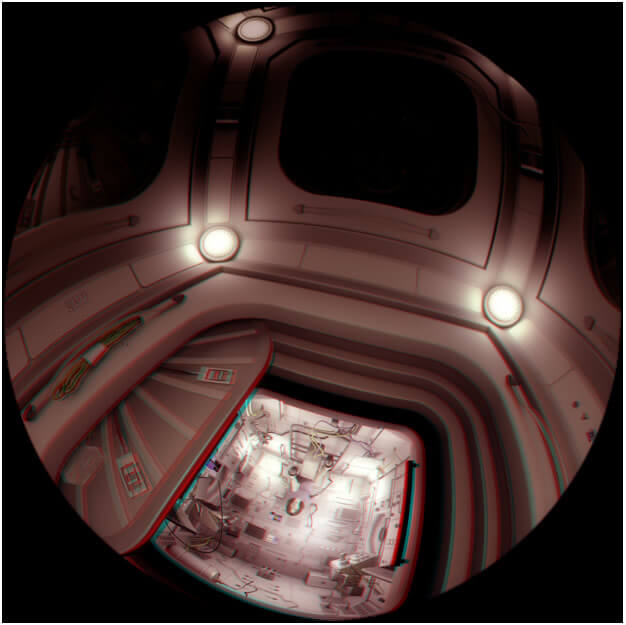
For the internal Space Station shot we used a high separation value and larger dome radius to emphasise the sensation of being in a cramped space. It is possible to see the heavy rear vignette, which helps with cross-bounce in this very bright and focused shot.
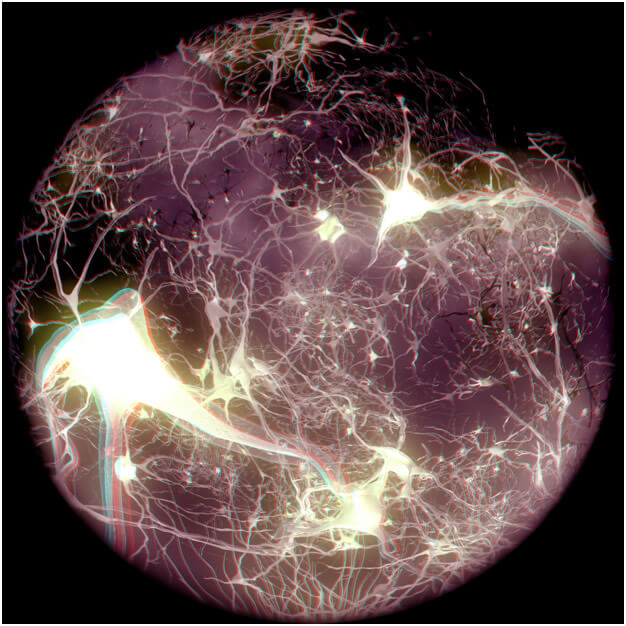
The Neurons shot is very ambiguous and is usually looked at in many different directions as the viewer tries to understand the scene. The stereoscopic setup allows the viewer to explore the whole frame comfortably, whilst maintaining a rich contrast in depth through the complex structures.
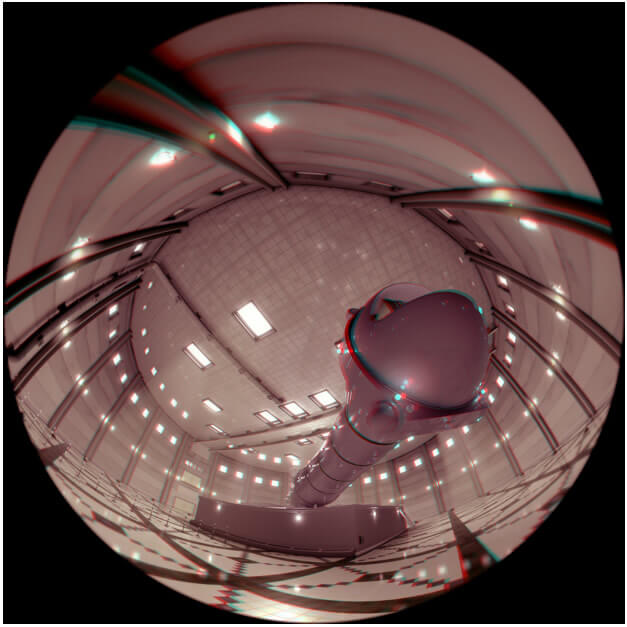
The centrifuge shot aims to disorient the viewer to highlight the topic being discussed. We wanted to emphasise this in 3D, by increasingly distorting the space throughout the shot. Due to the extreme camera movement the shot quickly became too disorientating in 3D, so we kept the stereoscopic effect very subtle throughout the shot.
Open Source Platform
One of the greatest things about the Domemaster Stereo Shader is that it is free and open source. This means that it is open to development by the fulldome community, so it can be improved and built upon. Most importantly to me though, is that it is freely available for artists to experiment with and push the boundaries of what’s possible in fulldome.
Further Information
Astronaut 3D was produced by NSC Creative at the National Space Centre in the UK. We’re currently working on our next stereoscopic fulldome film and continuing to explore the language of the medium.
« Go to Part 3 |
Go to Part 5 » |
Have you liked this post? Subscribe to FDDB Newsletter
Sign up now, it's free!
